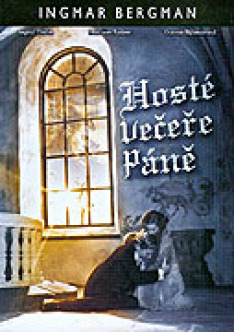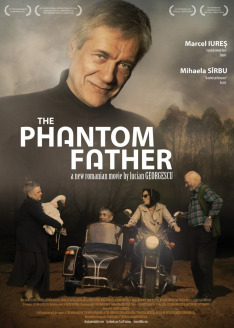
The Birth of a Nation
Based on the novel The Clansman (1905) by Thomas Dixon, the two-part epic traces the impact of the Civil War on two families: the Stonemans of the North and the Camerons of the South, each on separate sides of the conflict. The first half of the film is set from the outbreak of the war through the assassination of Pres. Abraham Lincoln, and the concluding section deals with the chaos of the Reconstruction period. Director D.W. Griffith revolutionized the young art of moviemaking with his big-budget ($110,000) and artistically ambitious re-creation of the Civil War years. A landmark silent film, released in 1915, that was the first blockbuster Hollywood hit. It was the longest and most-profitable film then produced and the most artistically advanced film of its day. It secured both the future of feature-length films and the reception of film as a serious medium. An epic about the American Civil War (1861–65) and the Reconstruction era that followed, it has long been hailed for its technical and dramatic innovations but condemned for the racism inherent in the script and its positive portrayal of the Ku Klux Klan (KKK).
More informationSimilar shows
About show
Based on the novel The Clansman (1905) by Thomas Dixon, the two-part epic traces the impact of the Civil War on two families: the Stonemans of the North and the Camerons of the South, each on separate sides of the conflict. The first half of the film is set from the outbreak of the war through the assassination of Pres. Abraham Lincoln, and the concluding section deals with the chaos of the Reconstruction period. Director D.W. Griffith revolutionized the young art of moviemaking with his big-budget ($110,000) and artistically ambitious re-creation of the Civil War years. A landmark silent film, released in 1915, that was the first blockbuster Hollywood hit. It was the longest and most-profitable film then produced and the most artistically advanced film of its day. It secured both the future of feature-length films and the reception of film as a serious medium. An epic about the American Civil War (1861–65) and the Reconstruction era that followed, it has long been hailed for its technical and dramatic innovations but condemned for the racism inherent in the script and its positive portrayal of the Ku Klux Klan (KKK).









